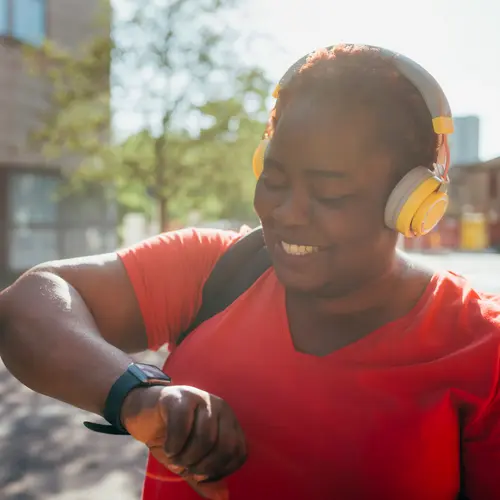You may know that your chances of having diabetes go up if you’re overweight, don’t exercise, and have high blood pressure. But did you know your odds can also be tied to your race and ethnicity -- even your family’s country of origin?
Everyone is different, and there are many things that can affect your health and whether you get diabetes -- your weight and age, how active you are, and other conditions you have. But research does show that it's more common in certain groups.
What the Stats Show
In the U.S. scientists have found different rates of diabetes among people of different races:
- American Indians and Pacific Islanders have the highest rates of diabetes among the 5 racial groups counted in the U.S. Census. They’re more than twice as likely to have the condition as whites, who have about an 8% chance of having it as adults.
- Diabetes is also more common among African-Americans and Asian Americans compared to whites.
- Hispanics living in the U.S. are 17% more likely to have Type 2 diabetes than non-Hispanic white people.
- Rates can vary by ethnicity, too. Asian Indians are 2-3 times as likely to get diabetes as Korean Americans are.
Reasons for Differences
Researchers are still studying the many factors that could make diabetes more common for people of certain races or ethnicities. But so far, they’ve looked at a few things that could account for the differences.
Body type. Being overweight or obese seriously raises your chances of type 2 diabetes. But just as important is how much of your weight comes from fat and where you carry it in your body.
According to the World Health Organization, Asians tend to have slightly more body fat than whites of the same height and weight. They also carry more of it in the belly. That “deep” fat is more harmful than the fat under the skin in the buttocks or thighs because it’s more apt to make you resistant to the hormone insulin, which helps keep blood sugar levels stable. That makes your chance of having diabetes go up.
Research shows that African-Americans tend to have less potassium in their bodies than whites do. A potassium deficiency is linked to a higher risk of developing type 2 diabetes. At the same time, African-Americans, on average, may be better than whites at making insulin.
Diet and lifestyle. Where and how you live can matter a lot, too. Chinese Americans have diabetes at greater numbers than those living in rural China. The same is true for Japanese-Americans, compared with the Japanese. Researchers think the difference may come in part from high-fat, high-sugar Western diets.
A recent study found that among Mexican-American children, diabetes rates tended to go up the more they embraced a typical U.S. lifestyle. Researchers think it could be possible because more Americanized children may eat fast food more often and get less exercise.
Your genes. For all the differences across races and ethnicities, most research has found that genes play a relatively small role in diabetes risks. The same habits and conditions that raise your odds apply to everyone, no matter your background.
What You Can Do
No matter who you are, you can take steps to prevent or lower your chances of diabetes:
- Exercise regularly -- at least 30 minutes of moderate workouts 5 days a week.
- Watch what you eat. Cut sugar, saturated fats, and salt. Add leafy green veggies, whole grains, salmon, and other foods high in omega-3 fatty acids.
- Keep your weight in a healthy range.
- See your doctor for regular checkups.
- Check out cooking classes, health education, or support programs to build good habits.

